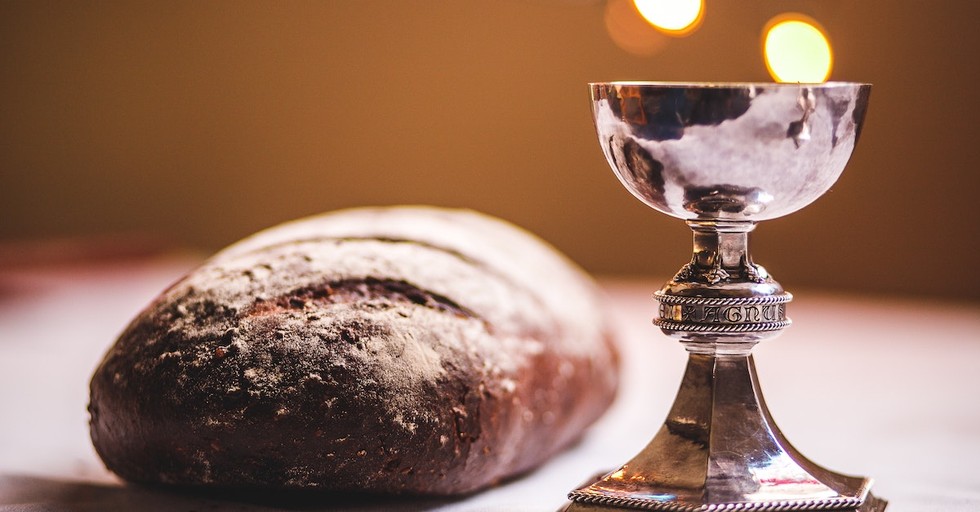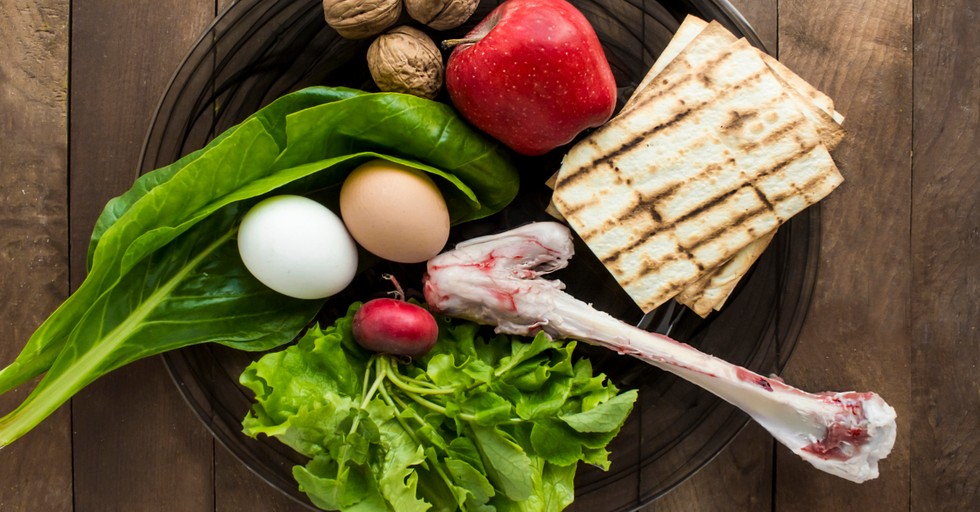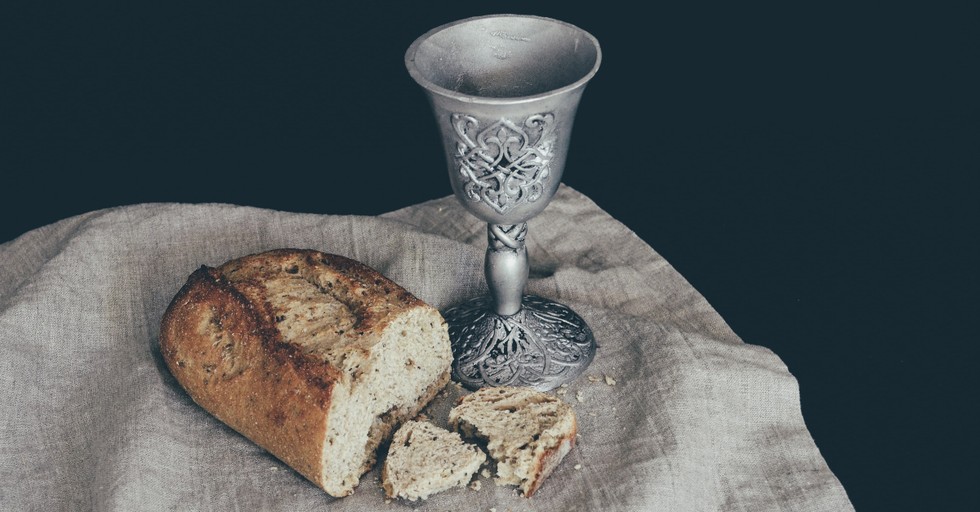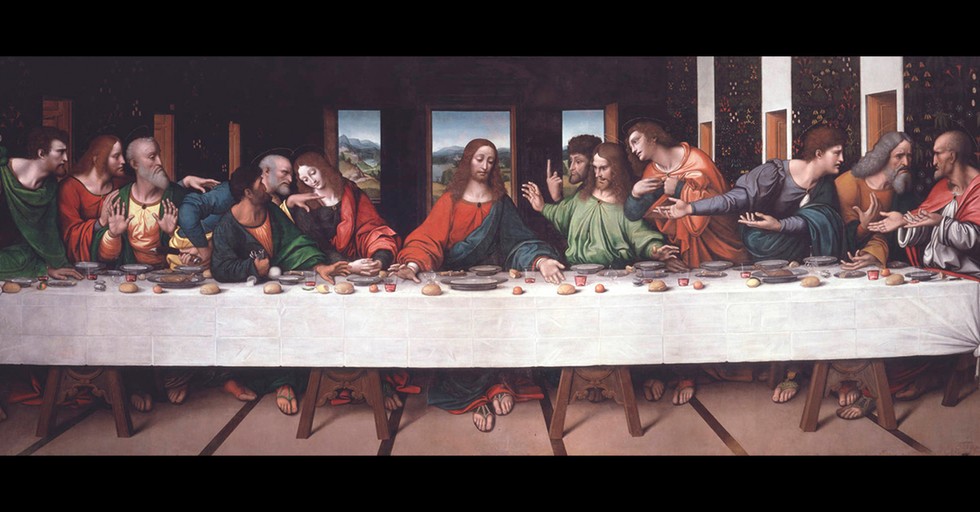What Does the Last Supper Teach Us Today?
Slide 8 of 8
As we consider the Easter narrative this season, or when we take Communion, hopefully, we understand and appreciate we are part of an epic, ongoing redemptive story. We each have intimate, personal relationships with the Father, born again as his children in Christ. Jesus makes this way through his willing sacrifice and resurrection.
Charles Stanley explains how communion becomes a way to understand this sacrifice and resurrection:
“Believers today observe the Lord’s Supper as a symbol of cleansing, consecration, and communion.
Jesus’ blood cleanses us of sin. Starting with Adam and Eve, God required a blood sacrifice to cover transgressions (Genesis 3:21; Leviticus 17:11). But this was just a temporary solution, as the next offense required another sacrifice. Jesus was God’s permanent answer to the problem: He took upon Himself all sin—past, present, and future —and died to pay the full penalty.
When a believer receives salvation, he is consecrated—or set apart to the Lord. His sin is forgiven, and he receives eternal life as well as the indwelling Holy Spirit. But if he at times forgets that he belongs to the Lord, he may give in to temptation. The bread and the cup provide an opportunity to remember what the Father expects of His children and to renew one’s commitment to obey.
The Lord’s Supper is also a time to be in communion. We are connected not only with the Lord who saved us but also with past and present believers. Among members of God’s family, we find comfort and support, just as the disciples and the early church did.
The Lord’s Supper is a good time to stop and recall what Jesus has given us. Partake solemnly and gratefully.”
Taken from “The Cup and the Covenant” by In Touch Ministries (used by permission).
The Last Supper is full of symbolism and themes throughout God’s redemptive plan. Even within the Last Supper, Jesus promises a future fulfillment (Luke 22:18). When we take Communion and consider God’s plan, this promise of eternal fulfillment is for us, too.
Peace.
Photo Credit:©GettyImages/Mizina
This article is part of our larger Holy Week and Easter resource library centered around the events leading up to the death and resurrection of Jesus Christ. We hope these articles help you understand the meaning and story behind important Christian holidays and dates and encourage you as you take time to reflect on all that God has done for us through his son Jesus Christ!
What Lent and Why is it Celebrated?
When is Lent? When Does Lent Start and End?
What is Ash Wednesday?
What Is Palm Sunday?
What is Maundy Thursday?
What Is Good Friday?
What Is Easter?
What is the Holy Week?
Easter Prayers




 Previous
Previous







